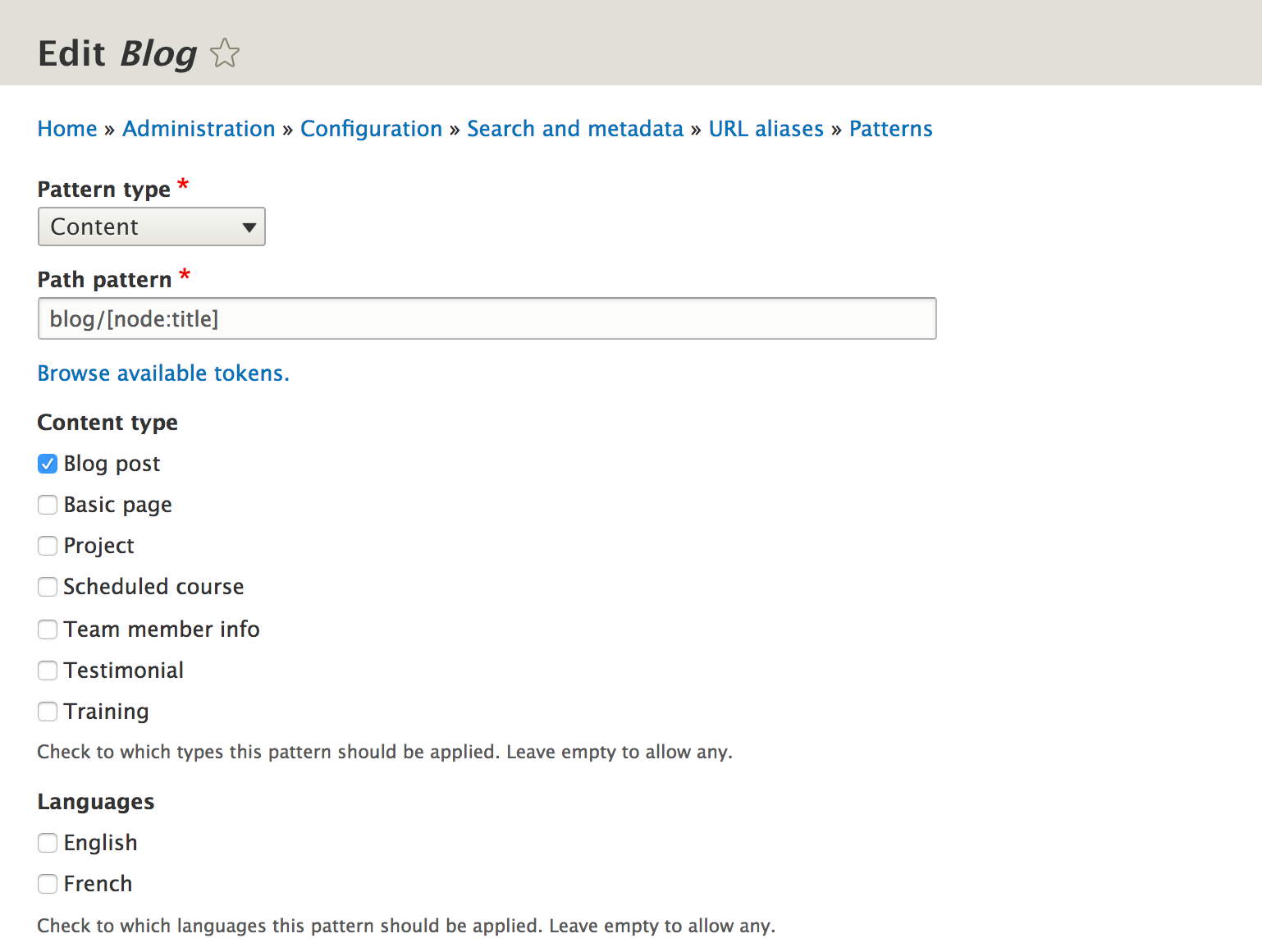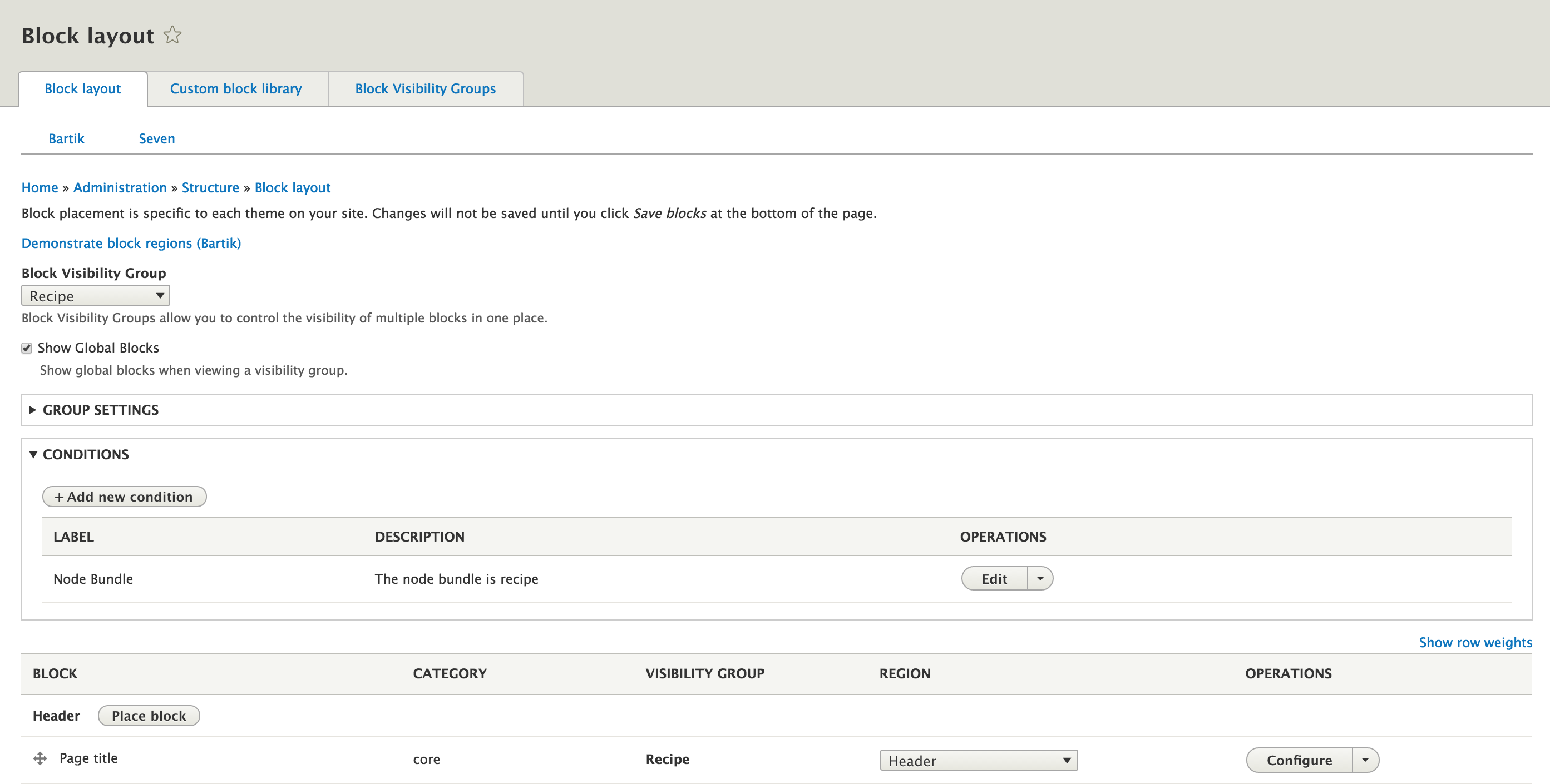If you're migrating or upgrading your site to Drupal's latest version, you'll be amazed by how many out-of-the-box modules are available.
That being said, there are still a set of handy contrib modules you'll probably use for most of your projects. This isn't a complete list, just a starting point for anyone new to Drupal looking for a useful set of modules to try.
Admin Toolbar
The Admin Toolbar gives you a dropdown menu to access the sub-items in the toolbar quickly. This is probably the first module to add to your Drupal site.
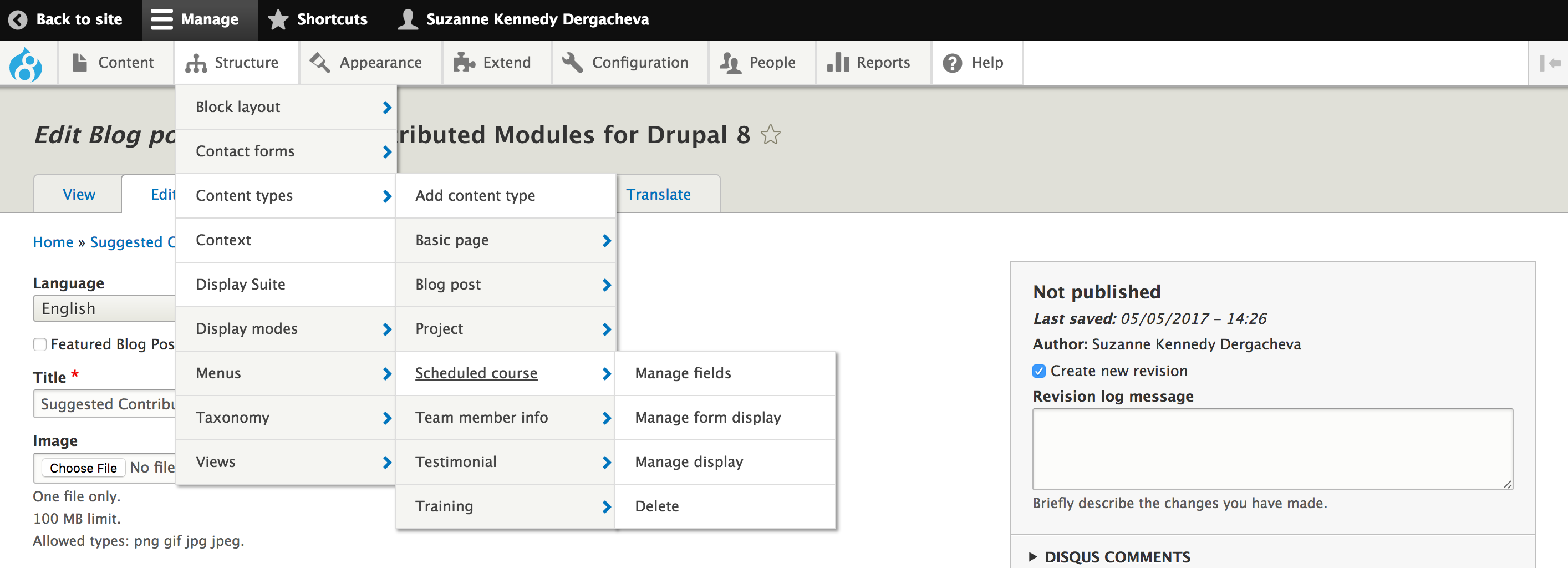
Pathauto
Pathauto is the go-to module for automatically generating nice aliases for all your URLs. You get to define the path patterns for any content on your site that has a path (nodes, users, taxonomy terms...) Works in multiple languages. You need to add Token and Chaos Tools as dependencies.
Redirect
Along with the Pathauto module, most websites benefit from using Redirect to take users to pages if and when the paths change.
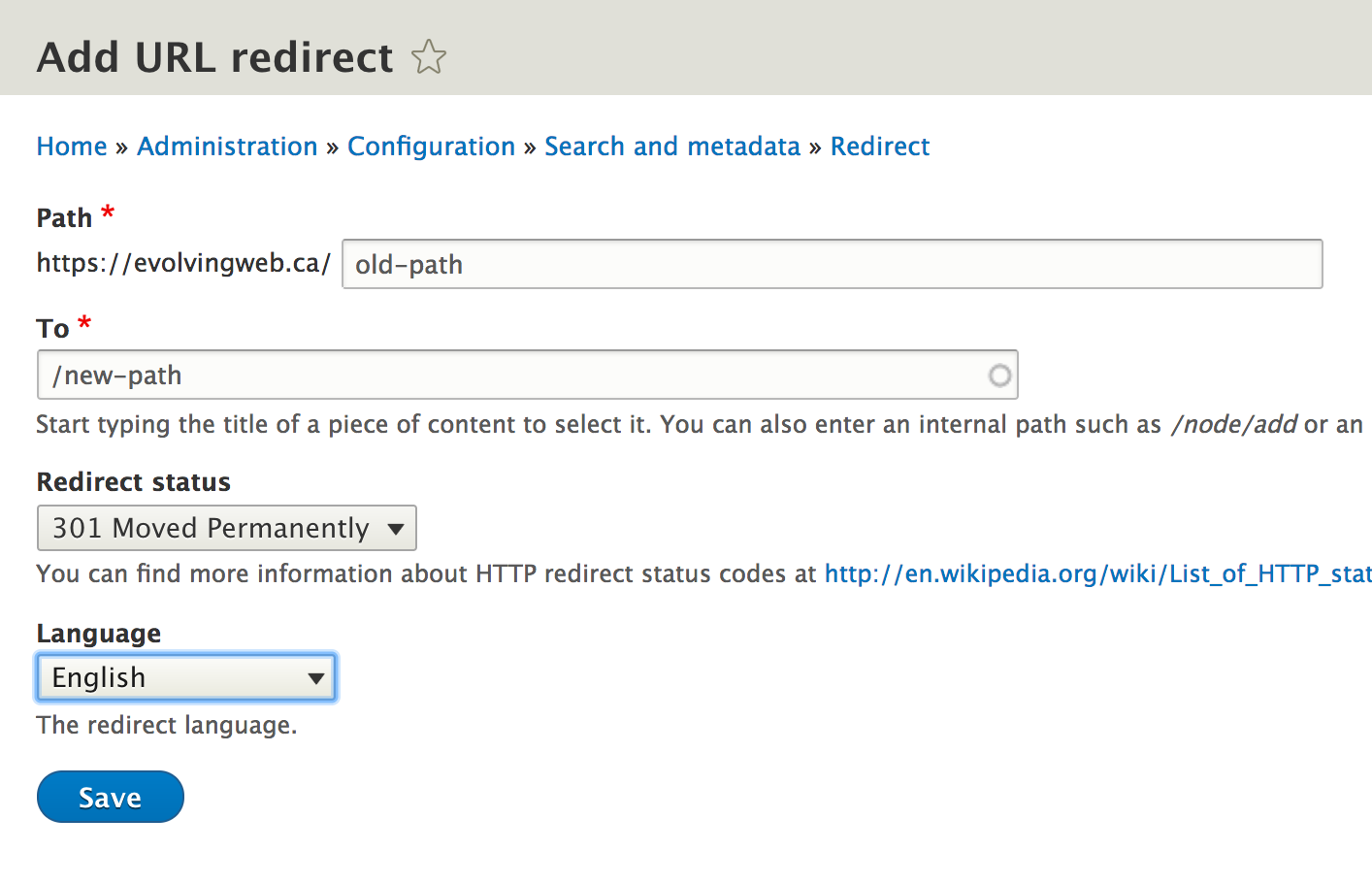
Paragraphs
The Paragraphs module is a favourite for site builders who want to be able to create flexible content types that use compound fields. Want to add a set of calls to action to a landing page? Or mix together some videos, marketing text, and linked images? Or perhaps you need to add a set of time-slots to an event, or a set of editions to a book? Paragraphs to the rescue. Suddenly adding chunks of content within your content is really easy. You need to add Entity Reference Revisions as a dependency.
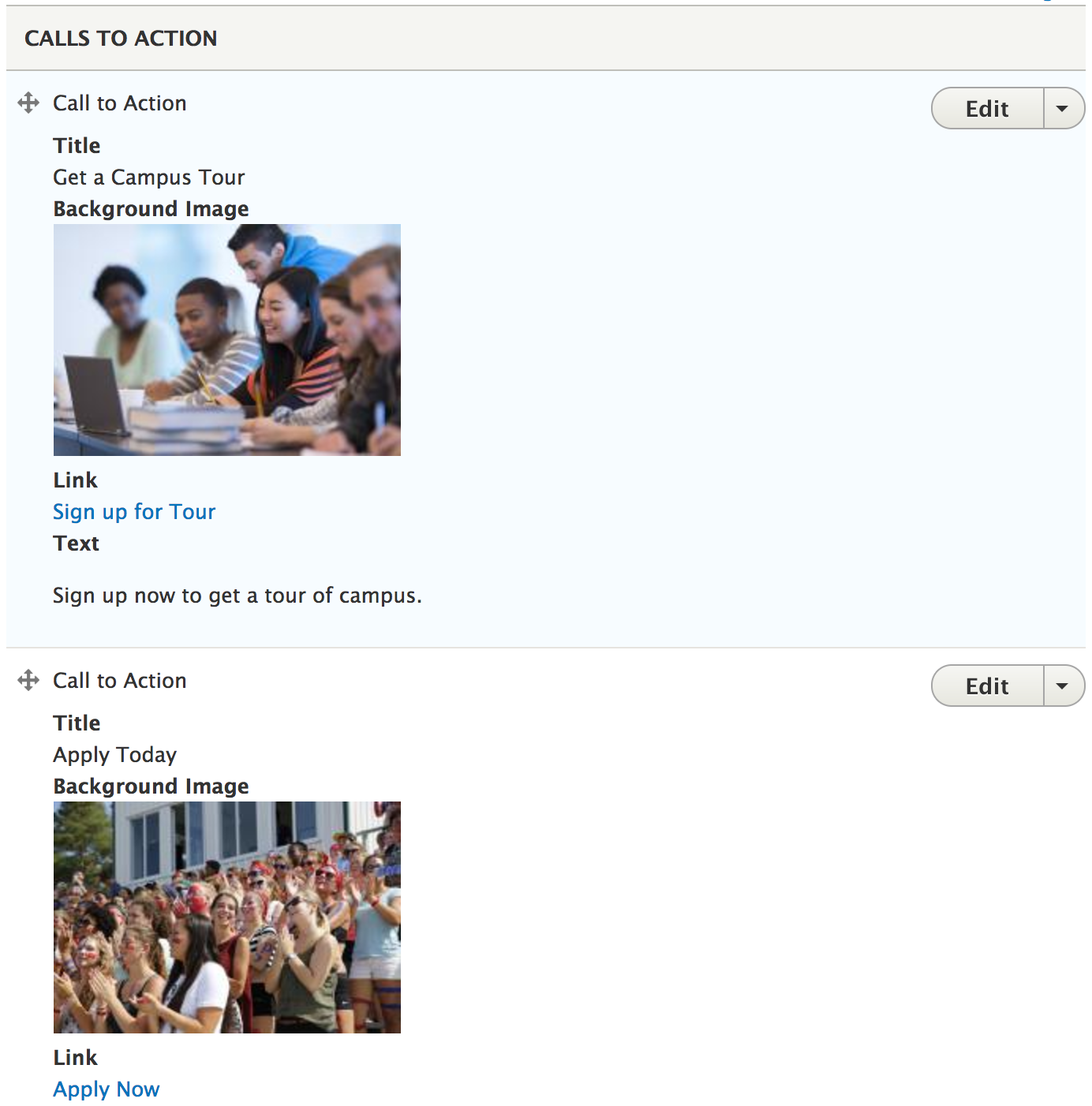
Honeypot
If your website has spam, Honeypot is an easy solution that might just fix your spamming issues. It inserts an invisible form element that catches bots that will unknowingly fill it in.
Add to Any
Add to any is one of a number of options for adding social media links to your content.
Metatag
Not just for your basic page title and description. Metatag makes sure that your content is going to look good when you share it on Facebook and Twitter too.
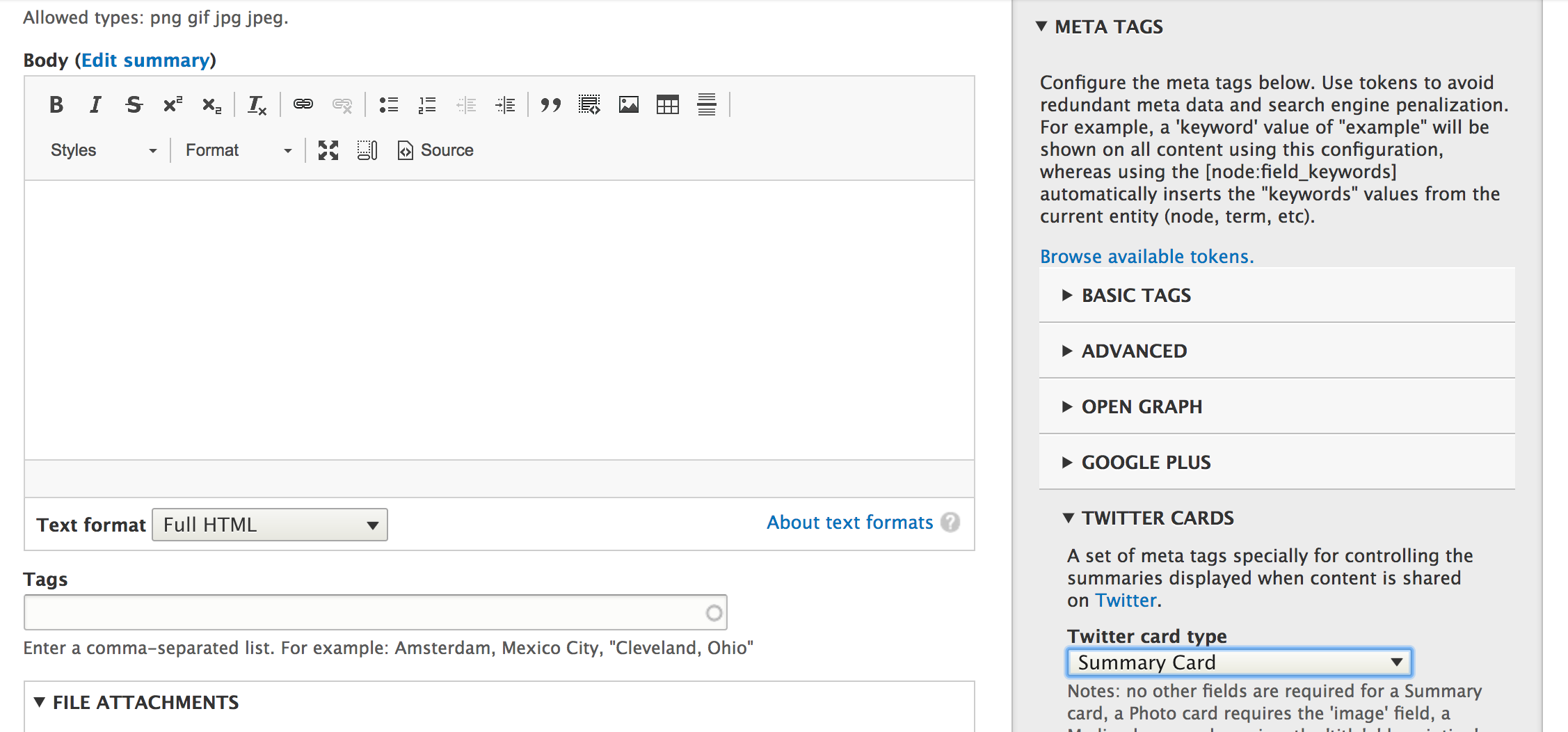
Menu Trail by Path
Use Menu Trail by Path to set the active menu trail for your content based on the URL. For example, when you're looking at a blog post, and you want the blog post menu item to be active.
Entity Browser
One of the questions I get most often when I show off Drupal's content authoring features is how to re-use images or files across different pieces of content. Start with the Entity Browser module (entity is a fancy Drupal word for content and this case usually refers to images, videos, and files). You'll want to try this out with the File Entity Browser module. Configure it using the 'Manage Form Display' settings. (Hint: make sure you have all the required libraries installed to get this working.)
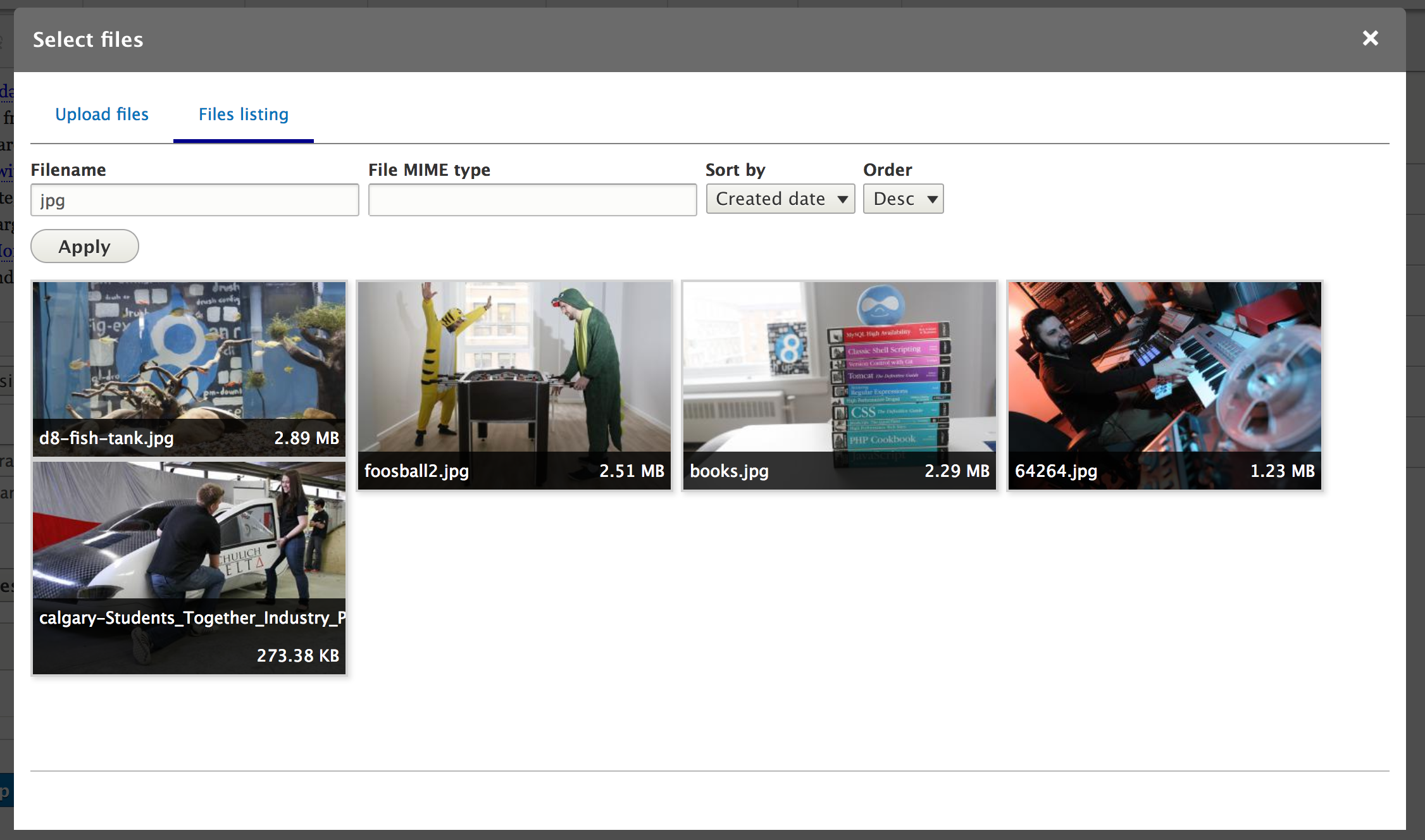
Block Visibility Groups
Block Visibility Groups allows you to control which blocks are displayed on certain types of pages. For example, you can create a set of blocks that will show up on the homepage, and a different set of blocks on the contact page.
Diff
Drupal allows you to track the revisions (or versions) of content each time a user makes an update. The Diff module is a tiny module that allows you to see what's changed.
Contact storage
If you decide to use the core Contact module, you might notice that contact form submissions get emailed and not saved in the admin UI of the site. If that's something you need, try out the Contact Storage module. For fancier forms, check out Webform.
If you liked this blog post and want some guidance on how to use these modules, we have Drupal trainings coming up online and in-person that you might like.
This is the fun part. Now you get to comment and tell me the essential modules I missed. I promise to try them all and do a follow-up blog post with the highlights.

